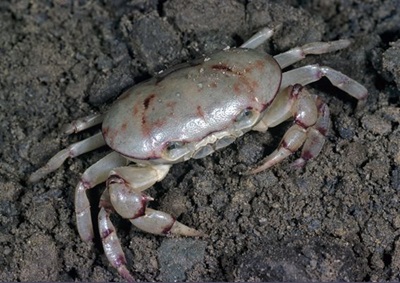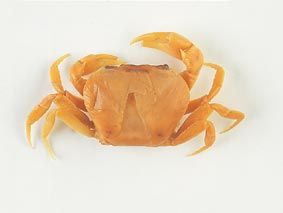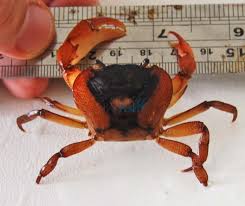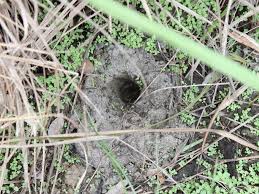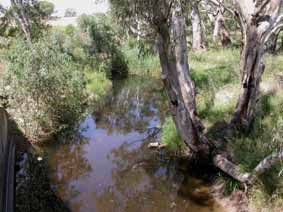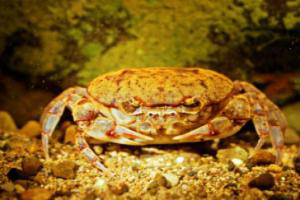Australian Freshwater Crab
Freshwater crabs can be found in the tropics and subtropics in most parts of the world. Out of a total of 6,700 species , there are more than 1,300 described species of freshwater crabs,and many more currently unknown to science.
The IUCN (International Union for Conservation of Nature ) Red List has assessed all described species as “ data deficient”, as data on their ecology, reproductive biology and habitat requirements is lacking.
(Austrothelphusa Transversa)
The majority of species studied to date tend to occur in small geographic areas, have poor dispersal abilities and low fecundity (the ability to produce an abundance of offspring) thus making them highly susceptible to land use alterations, river regulation changes and climate change.
Scientists in Australia are investigating the biology and ecology of our remarkable freshwater species in the tropical regions of northern Australia and the Torres Straits. Very little is known about many of the far northern species, however science has discovered that they have an amazing lifecycle, these crabs will dig tunnels in the creek banks at the end of the wet season and spend the hot and dry times in a prolonged state of torpor/dormancy, emerging again at the onset of the next seasons rains presumably to feed and reproduce. Females of the species A. Transversa have been documented carrying their young
under their abdomen underground during the dry season and when the wet season arrives they will leave their mother growing up quickly before the next dry season.
A.Transversa
The most common species of freshwater crab found in the aquarium market in Australia are the Holthuisana sp. (Austrothelphusa) There are several sub species in this order:
A. Agassizi
A. Angustifrons
A. Receki
A. Tigrina
A. Transversa
A. Valeatula
A. Wasselli
With the most common on the market being A. Transversa and A. Agassizi :
A. Agassizi (Freshwater Brown Back Crab)
CARE:
The two species A.Agassizi and A.Transversa are by nature amphibious and should be provided with an “Island” where they can leave the water at will . It seems they require atmospheric air for their gills to operate properly.
In nature these crabs frequent inland rivers and billabongs in northern Australia that dry up in the winter.
Water Quality:
Temperature: 18 deg C. to 25 deg C.
pH: 6.5 ------7.5
General Hardness Soft /Moderate
The freshwater crab can not survive for long in very acid water. Make sure their wateris free from ammonia,nitrate and copper.
Feeding:
A true scavenger, they will eat most types of sinking fish food, blood worms, fresh vegetables
and sometimes aquarium plants.
Colour and Varieties:
The A. Agassizi ( Brown Back Crab) can come in a variety of colour patterns e.g with an attractive pale fawn colour, with a chocolate brown irregular band crossing from front to back of the carpace or even a tiger stripe pattern. While the Colours of A. Transversa is mainly a shade of brown from yellowish to deep redish.
Housing:
Both species are great escape artists and can easily climb the silicone in the corners of most tanks. I have had them climb up air hoses and the water pick ups for the filters.
They are fairly peaceful and can be trained to come to your fingers for food. If kept in a community tank ensure that there are no slow fish as the crabs are not adversed to a little fresh fish in the m
Disclaimer: A. Transversa
The information provided here is of a general nature only.
Citation: The IUCN red list
Dr Nathan Waltham: Ecology of Freshwater Crabs in Tropical northern Australia


